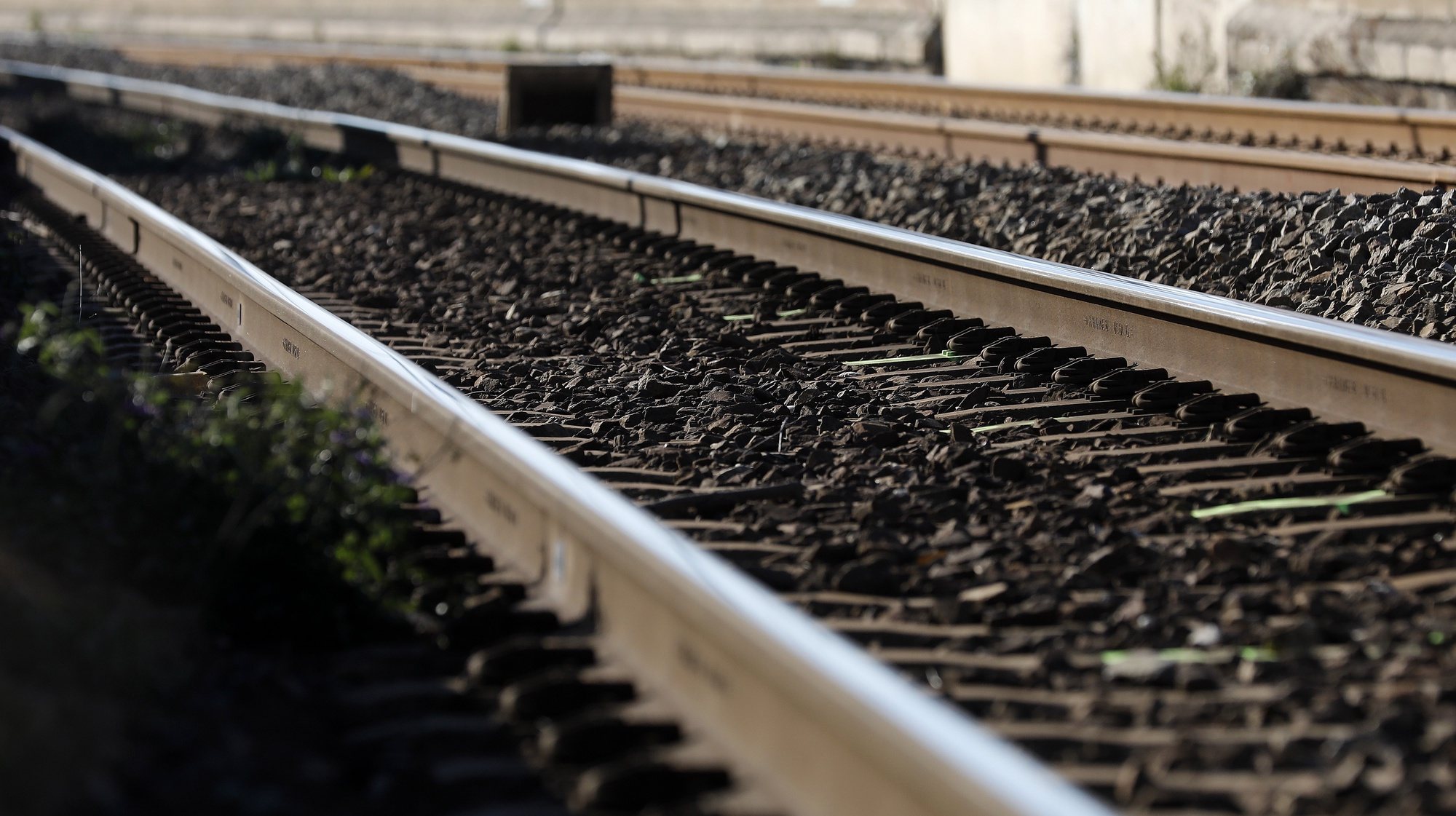The Lisbon-Porto high-speed line is expected to connect the country’s two main cities in approximately one hour and 15 minutes. Applications will be open until 6 January 2025.
AA Infraestruturas de Portugal (IP) launched this Friday the public tender for the second public-private partnership (PPP) of the Porto – Lisbon high-speed railway line, in the case of the section between Oiã (Oliveira do Bairro) and Soure.
“Infraestruturas de Portugal launched this Friday, July 26, the tender with international publicity on the public-private partnership (PPP) of the aforementioned concession,” reads a statement from the IP, after the publication of the authorization of expenditure of up to 1.99 billion euros by the Government of Luís Montenegro (PSD/CDS-PP) on Tuesday.
This is the section between Oiã (Oliveira do Bairro, Aveiro district) and Soure (Coimbra district), corresponding to the second lot of the first phase (Porto – Soure) of the high-speed line, which is scheduled to be completed by 2030.
“The concession contract for the Oiã-Soure section will be awarded for a maximum value of 1,604,296,194 euros [1,6 mil milhões de euros]“Expressed in net present value, with reference to December 2023”, refers to intellectual property, a value to which 395 million euros from European funds from the Connecting Europe Facility can be added.
The section between Oiã and Soure involves “71 kilometres of a new high-speed line”, “the adaptation of the current Coimbra station to the needs of high-speed rail”, the “quadrupling of the Northern Line between Taveiro and the southern entrance to Coimbra Station”, and “a new electric traction substation in the Coimbra area and high-speed rail connections to the Northern Line, near Oiã, Adémia, Taveiro and Soure”.
The value of the European funds “is intended to cover the expenses inherent to the projects, expropriations and works that were the subject of the candidacy”.
Competitors may submit applications until January 6, 2025.
In total, IP will have to pay 4.2 billion euros in phases over 30 years to the successful bidder, with a development period of five years (conception, design, construction, financing, maintenance) and 25 years of infrastructure provision.
The operating component of the line will remain outside the concession, maintained by IPwhich will be “remunerated by charging a fee to transportation service providers.”
The model of the second PPP for the high-speed line is identical in all aspects to that of the first (Porto-Oiã), launched in January by António Costa (PS), valued at €2.14 billion, including €480 million of possible European funds.
The Government authorises an expenditure of up to 2,000 million euros for the second high-speed PPP
Only one proposal has already been submitted to the public tender for the concession of the first PPP, in the case of the LusoLAV consortium, which includes the companies Mota-Engil, Teixeira Duarte, Casais, Gabriel Couto, Alves Ribeiro and Conduril.
The European Union has approved 813 million euros for the first phase of the high-speed line, which includes the first two PPPs. Portugal had requested 875 million.
Of the 813 million euros allocated, 667 million euros will be allocated to “the development of expropriations, bridges, viaducts and current works of art that make up the two consortia”, and 146 million to “quadrupling the Northern Line between Taveiro and the southern entrance to Coimbra-B Station”, included in the second PPP.
The Lisbon-Porto high-speed line will connect the country’s two main cities in approximately one hour and 15 minutes, with possible stops in Gaia, Aveiro, Coimbra and Leiria. The Porto-Vigo journey is estimated to take 50 minutes.
The first phase (Porto-Soure) of the high-speed line in Portugal should be ready in 2030, and the second phase (Soure-Carregado) is expected to be completed in 2032, with a connection to Lisbon via the Northern Line.
The connection from Porto to Vigo, in Galicia (Spain), planned for 2032, will have stations at Francisco Sá Carneiro Airport, Braga, Ponte de Lima and Valença (Viana do Castelo district).
In total, according to the previous government, the investment costs for the Lisbon-Valencia axis were around seven or eight billion euros.
Source: Observadora
